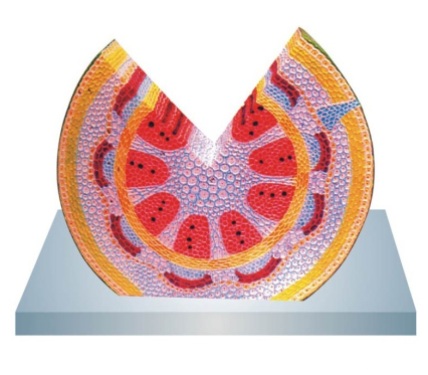
Explain the role of fiberglass models in biology lab!
Fiberglass models are known to be an incessant part of a biology laboratory for a long period of time. Before understanding why, they are necessary to be a part of the lab, let us understand what exactly are.
This material is a common and some sort of a reinforced plastic which are used to design and develop accurate models to depict something. They are most commonly used as educational models or in the labs as reference. They are cheaper and more flexible than carbon fiber which is why they are used in many applications.
Also, it can be molded however you want, it can be made into a thin sheet or arranged into a fabric. Also, it is stronger than a lot of metals by weight and these fiberglass models are often based on thermoplastics. They are also used in storage tanks, house buildings, piping.
Now, it is used in the biology labs to make human anatomy models. This is because it is light weight, strong, weather resistant and has a variety of surface textures. These models represent various scientific procedures when we design them. They can also be customized the way you want them to be.
Also, this is fire resistant and is durable for a long period of time which makes it perfect for the use of designing and making a model. Also it has good thermal conductivity and great tensile strength.
When you are using these products in the laboratory, be careful to not contact it too much. This is because when you touch it, the fibers get stuck to the skin and the skin starts itching. Since the fibers are very small in size, you cannot see them with your naked eyes. You would need a magnifying glass to see them. Thus, though they are extremely used in the laboratory, you need to keep certain distance.